
Does Malcolm X deserve a federal holiday? Toure, a New York Times best-selling author, thinks so. He penned a Time Magazine column arguing that the civil rights legend is as deserving of a federal holiday as Dr. Martin Luther King, Jr.
What would we celebrate on “Malcolm X Day?” Toure give us some of the principles we’d celebrate:
"Malcolm’s not a static intellectual figure -- his mind journeyed throughout his life, he held firm to his principles but was also strong enough to re-evaluate his beliefs and change when he deemed change is right...." MoreFirst they [the Nazis] came for the communists,
and I didn't speak out because I wasn't a communist.
Then they came for the trade unionists,
and I didn't speak out because I wasn't a trade unionist.
Then they came for the Jews,
and I didn't speak out because I wasn't a Jew.
Then they came for the Catholics,
and I didn't speak out because I was Protestant.
Then they came for me,
and there was no one left to speak out for me.
and I didn't speak out because I wasn't a communist.
Then they came for the trade unionists,
and I didn't speak out because I wasn't a trade unionist.
Then they came for the Jews,
and I didn't speak out because I wasn't a Jew.
Then they came for the Catholics,
and I didn't speak out because I was Protestant.
Then they came for me,
and there was no one left to speak out for me.
Martin Niemöller on the inactivity of German intellectuals about Nazis
Outcasts in a "free" America Gandhi, Thich Nhat Hanh, Martin Luther King, Jr. are remarkable symbols of peace. So is the Jewish-Buddhist revolutionary St. Issa, spoken of highly in Islam, who became the central figure of his own religion after returning to Jerusalem from India.
Gandhi, Thich Nhat Hanh, Martin Luther King, Jr. are remarkable symbols of peace. So is the Jewish-Buddhist revolutionary St. Issa, spoken of highly in Islam, who became the central figure of his own religion after returning to Jerusalem from India.They were all following examples of peace and justice, not one or the other. Malcolm X is labelled a "violent radical."
One quote, promoted by newspapers and a very racist FBI ("By any means necessary"), defines him for most Americans. But he should be remembered for having said:
"If you're not careful, the newspapers will have you hating the people who are being oppressed and loving the people doing the oppressing."
The fact is, each of these figure in his own time was called a "violent radical" by the powers that be. Each had his words twisted and his message diluted. Each challenged the status quo of oppression. Our own American racism makes it amazing that any state allows MLK Jr. Day celebrations.
The Tuskegee Airmen, black American heroes in "Red Tails" by "Star Wars"
creator George Lucas, revere a black Jesus. See more at blackjesus.com
But Reverend King only became who he was because Malcolm was struggling alongside him. It held his feet to the fire the way Dr. Cornell West and Tavis Smiley constantly try to hold Obama's feet to the fire to rise to the greatness he is obviously capable of. In America we still ignore other outcast figures, many of them simply because they are black or women or otherwise disenfranchised. We do it to our own detriment.
 "Buddha the African"? Could he have emerged from pre-Islamic, pre-Persian, Arabian lands such as Egypt (or somewhere in the geopolitical Middle East) far to the west of India? One writer thinks so (essaysbyekowa.com).
"Buddha the African"? Could he have emerged from pre-Islamic, pre-Persian, Arabian lands such as Egypt (or somewhere in the geopolitical Middle East) far to the west of India? One writer thinks so (essaysbyekowa.com).Was the Buddha "black"?
It would be nice if he were because then the world might be less racist.
The Light of Asia, the Prince of Peace, the "Awakened One" (Buddha) is described as being Central Asian in appearance: He had blue eyes, black curly hair, and "golden" skin.
In context, descriptions of his complexion suggest he was relatively "fair," yellow (tan), or pure like gold. He was certainly out in the sun a great deal. Cambodian (ancient Khmer Empire) depictions that look for all the world like Mesoamerican stone figures certainly appear black or African American. But they do not look like historical descriptions in the texts or earlier depictions in art found farther west in and around India. Moreover, not all of these figures even represent the historical Buddha.
He could have been reddish brown and from Nepal (north Indian) with Tibetan (Mongoloid) features. But there is more evidence that he was from the northwest, in the vicinity of Afghanistan (ancient Gandhara) with a mother possibly from as far west as modern Iran or Persia (Seistan Baluchistan according to maverick anthropologist Dr. Ranajit Pal).
 However, these places did not have the same connotations as now: There was no Islam or Zoroastrianism. Arabs were not prevalent. Even today, Arabs only represent a small percentage of Muslims. It is more likely that Krishna, whose name means "black" or "dark," was actually extraterrestrial blue, not blue-black.
However, these places did not have the same connotations as now: There was no Islam or Zoroastrianism. Arabs were not prevalent. Even today, Arabs only represent a small percentage of Muslims. It is more likely that Krishna, whose name means "black" or "dark," was actually extraterrestrial blue, not blue-black.So had the Buddha been black, there would have been no problem depicting him as such. Krishna was already a much beloved hero. Many ETs are blue and shown as such. One of the Buddha's two chief male disciples, Maha Moggallana, who was foremost in psychic powers, was black. He was a very dark skinned brahmin.
The Buddha was not a brahmin, the high caste elitists (priests, intellectuals) often depicted as being racist and arrogant due to their obsession with "purity." Siddhartha was a warrior caste noble (kshastriya) from a family concerned enough with their royal bloodline to pair him with his cousin, Yasodhara.
All four castes (which also include merchants and servants) might be dark or fair, but darker skinned individuals seem to have been discriminated against just as they are now, perhaps because darker skin is a socioeconomic marker suggesting outdoor manual labor rather than indoor leisure. The ancient Aryans (devas and asuras, unearthly visitors who seem to have embedded themselves in cultures around the world where they formed empires) made complexion an issue by being obsessed with conquest and breeding with earthlings.
Was Jesus "black"?
 Was Jesus (Yshua, Joshua) black and from Egypt, which is in Africa? The Bible describes him that way in the only racial descriptions given of him (Rev 1:14). He had nappy hair like "lamb's wool" and "bronze" skin. Of course, this was in a revelatory vision. Other descriptions seem to have been edited out of the Bible. See debate.
Was Jesus (Yshua, Joshua) black and from Egypt, which is in Africa? The Bible describes him that way in the only racial descriptions given of him (Rev 1:14). He had nappy hair like "lamb's wool" and "bronze" skin. Of course, this was in a revelatory vision. Other descriptions seem to have been edited out of the Bible. See debate.He was dark, not a tall blond, blue-eyed Nordic giant. The Church used to depict him as dark until it suddenly changed him to make him more European. But what we mean by race is not what was meant in previous centuries. We seem more racist than those in the past.
Jesus had dark bronze skin and curly hair
 (Jesus and Buddha) St. Issa said, “If your leaders say to you, ‘Look, the kingdom is in the sky,’ then the birds of the sky will precede you. If they say to you, ‘It is in the sea,’ then the fish will precede you. Rather, the kingdom is within you, and it is outside you. When you know yourselves, then you will be known, and you will understand that you are children of the living Father. But if you do not know yourselves, then you live in poverty, and you are the poverty.”
(Jesus and Buddha) St. Issa said, “If your leaders say to you, ‘Look, the kingdom is in the sky,’ then the birds of the sky will precede you. If they say to you, ‘It is in the sea,’ then the fish will precede you. Rather, the kingdom is within you, and it is outside you. When you know yourselves, then you will be known, and you will understand that you are children of the living Father. But if you do not know yourselves, then you live in poverty, and you are the poverty.” 





















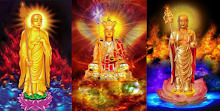



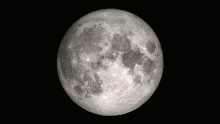















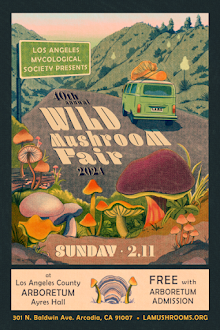

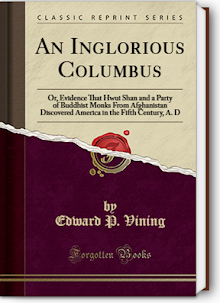


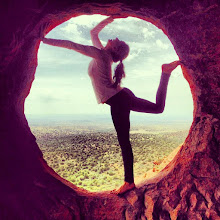
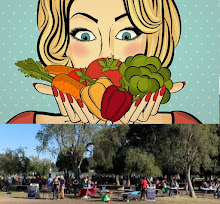


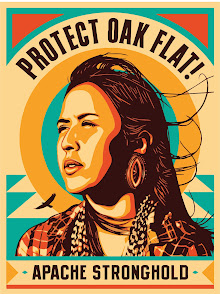






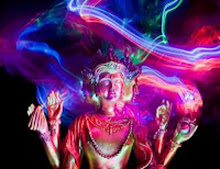


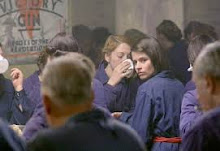






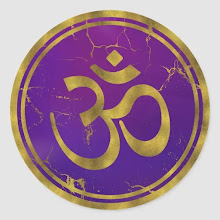
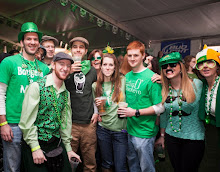




















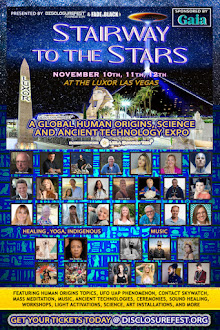









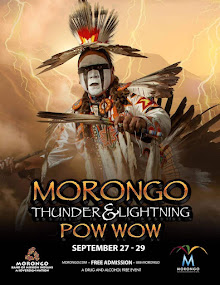














































































































































No comments:
Post a Comment